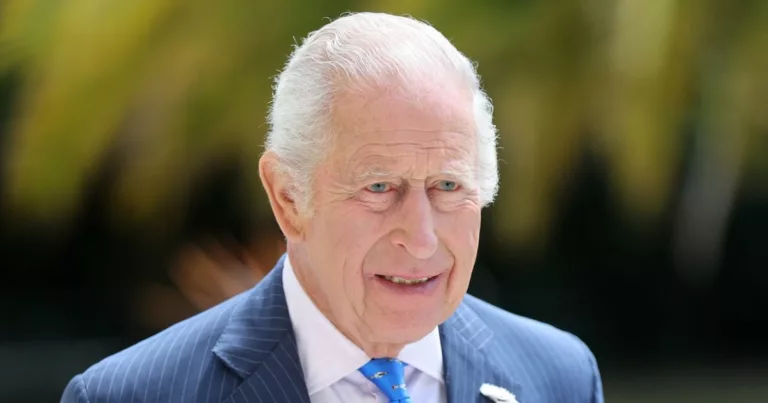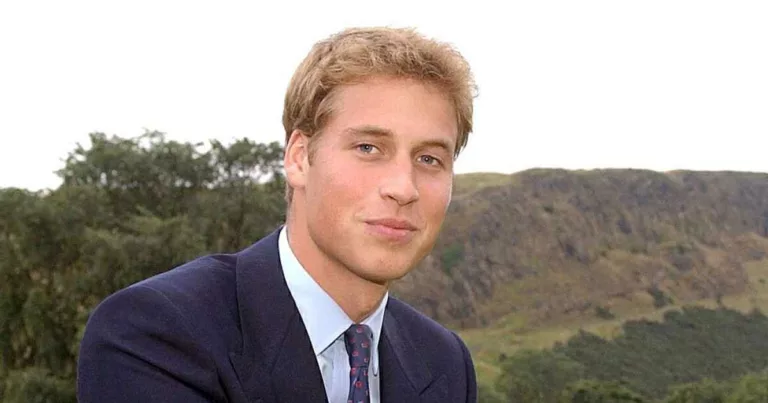King Charles III to Retire Royal Train Amid Rising Costs
King Charles III is ushering in a significant change within the British monarchy by announcing the retirement of the Royal Train, a cherished symbol of royal travel. The decision, revealed by the monarch’s financial secretary on July 1, 2025, comes after a financial review showing that the train’s operational costs have soared to approximately $107,000…


